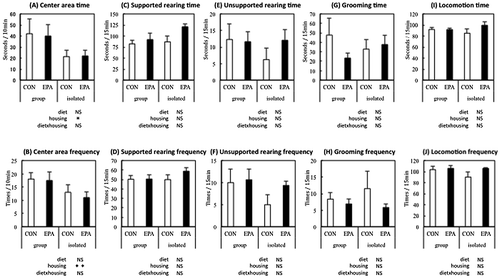Figures & data
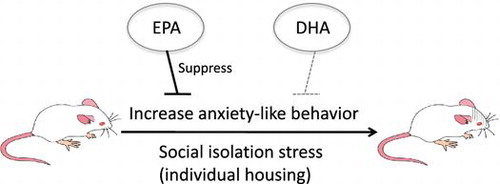
Table 1. Composition of the diets (g/100 g of diet).
Figure 1. Performance in the elevated plus maze test. Open-arm time (A), open-arm frequency (B), head-dipping time (C), head-dipping frequency (D), stretch-out time (E), stretch-out frequency (F), locomotion time (G), and locomotion frequency (H) in rats fed control (CON), eicosapentaenoic acid-enriched (EPA), or docosahexaenoic acid-enriched (DHA) diets.
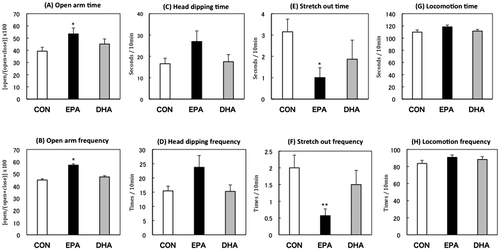
Figure 2. Performance in the open-field test. Center area time (A), center area frequency (B), supported rearing time (C), supported rearing frequency (D), unsupported rearing time (E), unsupported rearing frequency (F), grooming time (G), grooming frequency (H), locomotion time (I), locomotion frequency (J) of the rats fed control (CON), eicosapentaenoic acid-enriched (EPA), or docosahexaenoic acid-enriched (DHA) diets.
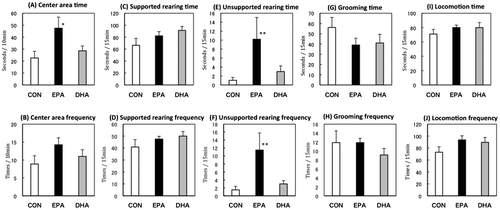
Table 2. EPA and DHA contents in the phospholipid fraction of the cerebral cortex (%).
Figure 3. Performance in the elevated plus maze test. Open-arm time (A), open-arm frequency (B), head-dipping time (C), head-dipping frequency (D), stretch-out time (E), stretch-out frequency (F), locomotion time (G), locomotion frequency (H) of the rats fed control (CON) or eicosapentaenoic acid-enriched (EPA) diets, and group-housed (group) or individually housed (i.e. isolated).
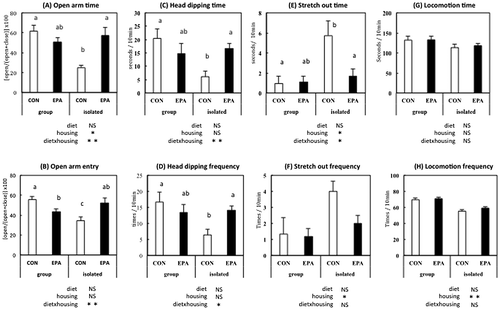
Figure 4. Performance in the open-field test. Center area time (A), center area frequency (B), supported rearing time (C), supported rearing frequency (D), unsupported rearing time (E), unsupported rearing frequency (F), grooming time (G), grooming frequency (H), locomotion time (I), and locomotion frequency (J) of the rats fed control (CON) or eicosapentaenoic acid-enriched diet (EPA) and group-housed (group) or individually housed (i.e. isolated).
